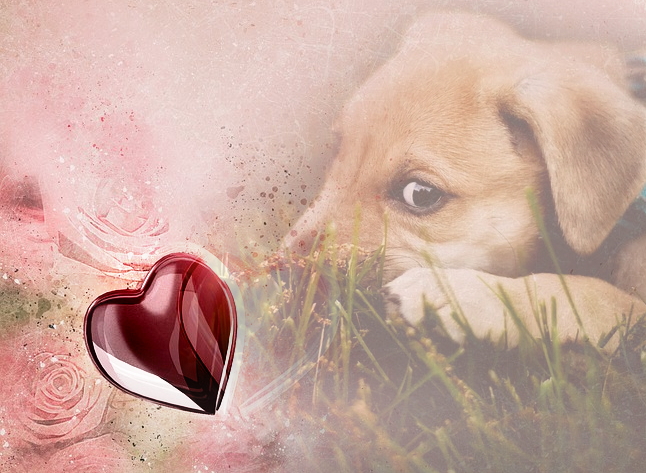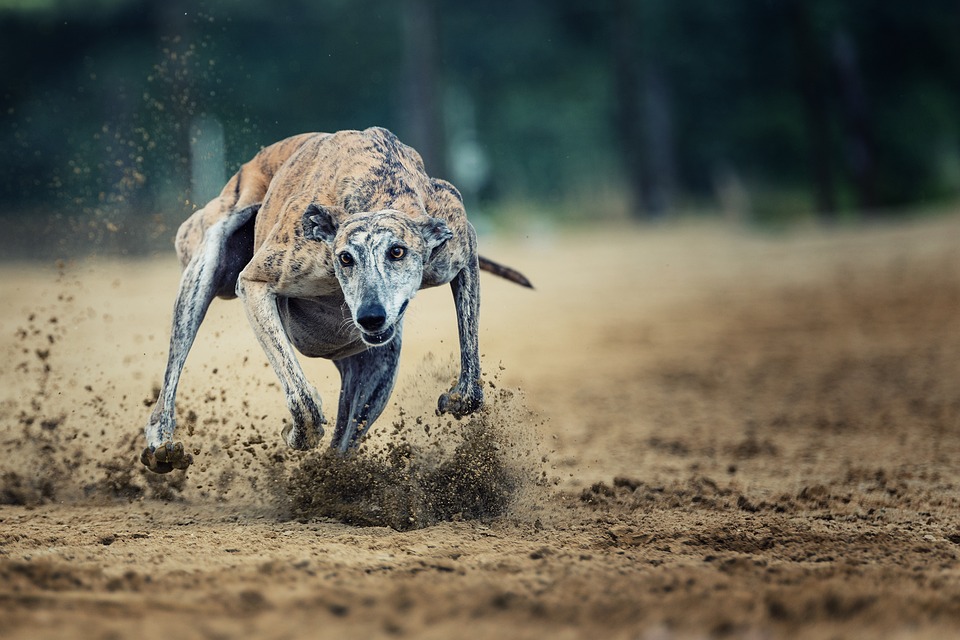Attention dog owners! The Canadian Food Inspection Agency (CFIA) has reported that a dog in Oshawa, Ontario, died after contracting the avian flu, also known as H5N1 or the bird flu. The dog was infected after chewing on a wild goose and subsequently developed “clinical signs” and passed away. Although the risk of a human contracting avian influenza from a domestic pet is minor, experts warn that the virus is “gathering momentum” and becoming more of a human threat.
Therefore, it is crucial to take precautions with pets, such as not feeding them raw meat from game birds or poultry and not allowing pets to consume or play with dead wild birds found outside. The virus has been detected in other mammals as well, such as foxes, seals, dolphins, black bears, and wild minks, raccoons, porpoises, and skunks from areas across Canada. To reduce the risk of exposure, keep dogs (and other domestic animals) away from wild birds, especially in areas where avian flu activity is prevalent. It’s also important to note that canine flu vaccines do not protect against avian flu. Although the risk of transmission to humans from infected dogs is low, it is still an unknown and a concerning issue.
Please report signs of bird flu to “Canadian Wildlife Health Cooperative (CWHC).” westernnorthern@cwhc-rcsf.ca





As pet owners, we want to ensure the well-being of our beloved companions. However, one of the most threatening diseases to both humans and animals is the Highly Pathogenic Avian Influenza (HPAI) H5N1 or Avian Flu. This virus primarily affects birds, but it has also been sporadically detected in mammals such as cats, dogs, raccoons, striped skunks, and red foxes.
Although HPAI is primarily a disease of birds, it can also infect mammals that hunt, scavenge or consume infected birds. For instance, outdoor cats that hunt and consume an infected bird or dogs that scavenge dead birds could get infected with the virus. In such instances, it is crucial to report it to the regional avian influenza hotline or the Canadian Wildlife Health Cooperative.
If you suspect the presence of Avian flu in an area, it is crucial to report it immediately as it is a notifiable disease. According to the current guidelines, you should contact the Canadian Wildlife Health Cooperative. if you come across any of the following situations: one or more dead birds of prey, three or more dead gulls or waterfowl (such as swans, geese, and ducks), or five or more dead birds of any species. By reporting these cases, appropriate measures can be taken to control the spread of the disease and protect both wildlife and humans.
Early detection of HPAI in birds is crucial to stop its spread. Infected poultry and pet birds may show signs such as sudden death, low energy or appetite, purple discoloration or swelling of various body parts, reduced egg production, nasal discharge, coughing, or sneezing, lack of coordination, and diarrhea.
Become aware of signs and symptoms of Avian Flu = HPAI = H5N1 for pets.
In areas where there have been reported outbreaks of bird flu, contact between dogs and birds or poultry should be prevented. Dogs should be stopped from picking up and eating any sick or dead wild birds. If they are likely to flush out any carcasses, they should be kept on a lead. This will help prevent the spread of H5N1 to other birds.
Overall, the risk of H5N1 influenza infection in dogs from normal activities like walking in a park is low. However, it is crucial to exercise common sense and take preventive measures such as avoiding areas with lots of birds, being more restrictive about outdoor activities and observant when flu is active in birds in the area, and being alert and observant keeping dogs away from sick or dead birds. By taking these steps, we can ensure the safety of our pets and prevent the spread of the disease.
For directions as to how to drive to “George Genereux” Urban Regional Park
For directions on how to drive to Richard St. Barbe Baker Afforestation Area
For more information:
Blairmore Sector Plan Report; planning for the Richard St. Barbe Baker Afforestation Area, George Genereux Urban Regional Park and West Swale and areas around them inside of Saskatoon city limits
NEW P4G District Official Community Plan
Richard St. Barbe Baker Afforestation Area is located in Saskatoon, Saskatchewan, Canada north of Cedar Villa Road, within city limits, in the furthest south west area of the city. 52° 06′ 106° 45′
Addresses:
Part SE 23-36-6 – Afforestation Area – 241 Township Road 362-A
Part SE 23-36-6 – SW Off-Leash Recreation Area (Richard St. Barbe Baker Afforestation Area ) – 355 Township Road 362-A
S ½ 22-36-6 Richard St. Barbe Baker Afforestation Area (West of SW OLRA) – 467 Township Road 362-A
NE 21-36-6 “George Genereux” Afforestation Area – 133 Range Road 3063
Wikimapia Map: type in Richard St. Barbe Baker Afforestation Area
Google Maps South West Off Leash area location pin at parking lot
Web page: https://stbarbebaker.wordpress.com
Where is the Richard St. Barbe Baker Afforestation Area? with map
Where is the George Genereux Urban Regional Park (Afforestation Area)?with map
Pinterest richardstbarbeb
Blogger: FriendsAfforestation
Tumblr friendsafforestation.tumblr.comFacebook Group Page: Users of the George Genereux Urban Regional Park
Facebook: StBarbeBaker Afforestation Area
Facebook for the non profit Charity Friends of the Saskatoon Afforestation Areas Inc. FriendsAreas
Facebook group page : Users of the St Barbe Baker Afforestation Area
Facebook: South West OLRA
Reddit: FriendsAfforestation
Twitter: St Barbe Baker Charity Twitter:FriendsAreas
Mix: friendsareas
YouTube
Please help protect / enhance your afforestation areas, please contact the Friends of the Saskatoon Afforestation Areas Inc. (e-mail / e-transfers )Support the afforestation areas with your donation or membership ($20.00/year). Please donate by paypal or by using e-transfers Please and thank you! Your donation and membership is greatly appreciated. Members e-mail your contact information to be kept up to date!
Donations can be made through Paypal, Canada Helps, Contact Donate A Car Canada, SARCAN Drop & Go 106100594 for the Friends of the Saskatoon Afforestation Areas Inc.
United Nations Decade on Ecosystem Restoration
Use the UN Decade’s Visual Identity
Make it your own
Spread the word about the UN Decade
Let’s Bring Back Forests
Let’s Green Our Cities
“Be like a tree in pursuit of your cause. Stand firm, grip hard, thrust upward. Bend to the winds of heaven..”
Richard St. Barbe Baker

